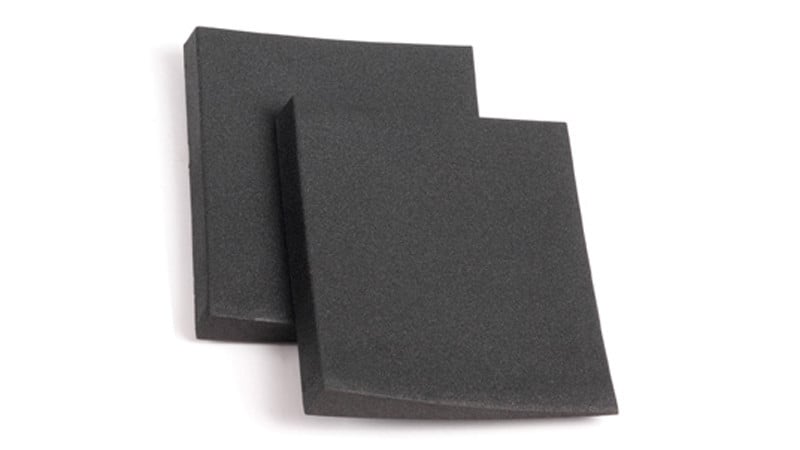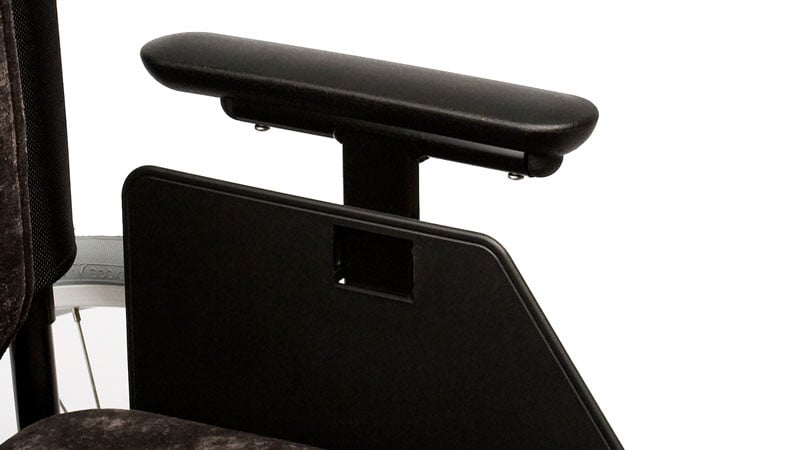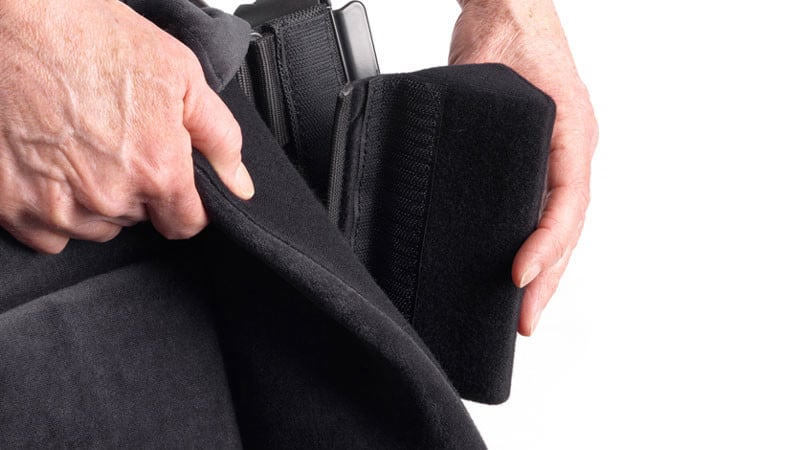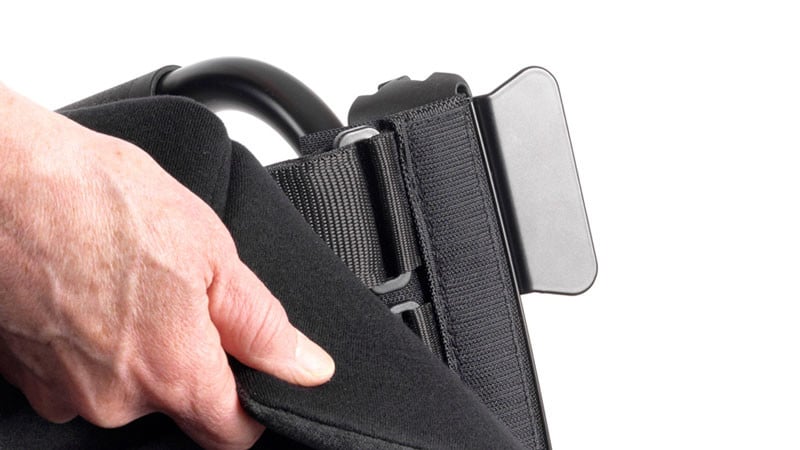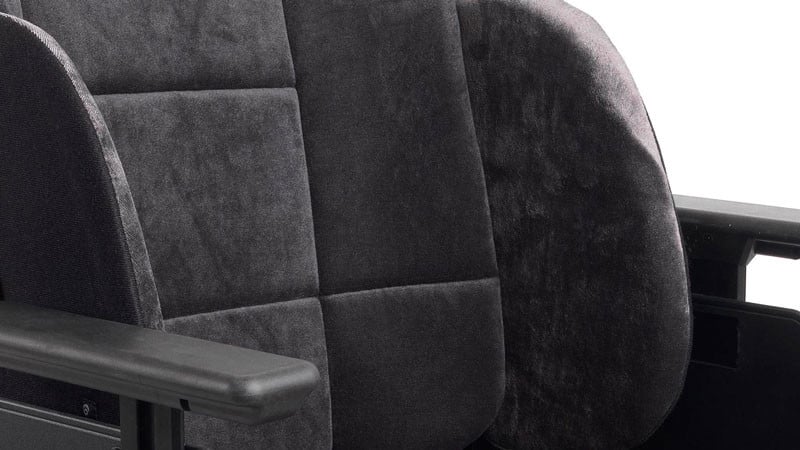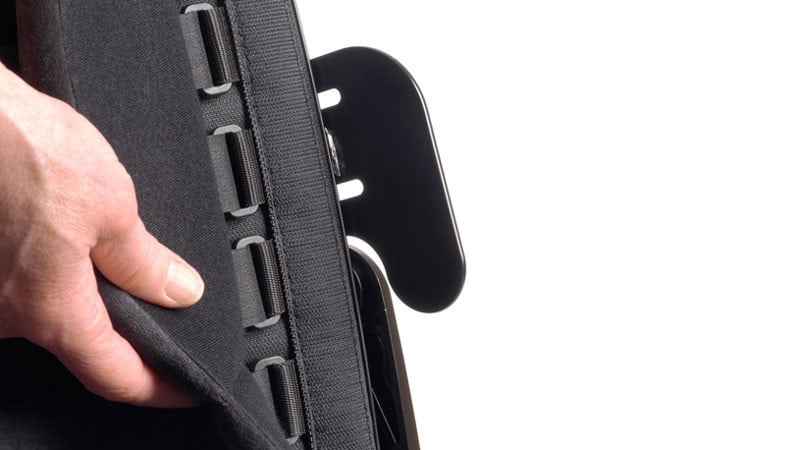Leaning posture
- Shape up in Cross 5 and Cross 6

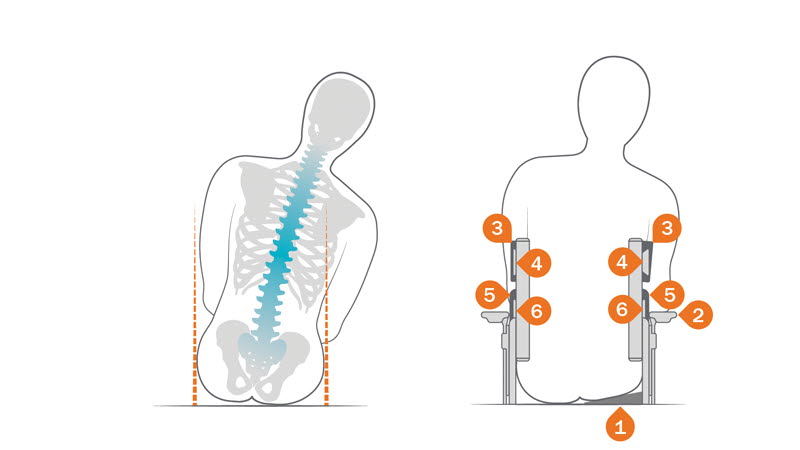
A leaning posture can vary throughout the day, and from day to day it could simply be due to fatigue or due to low tone in the trunk. When an individual is leaning, subtle foam supports can be added to help them sit in a more upright posture and to be supported when they need it. You need to assess what is causing the leaning posture and if it can be corrected. Leaning posture is common in the elderly who become tired quickly.
A leaning posture is often a problem associated with other postural limitations such as asymmetry and pelvic obliquity.
If the pelvis is oblique, use an adjustable seat cushion or add a large Cell Foam Wedge (1) under the cushion on the lower side. Carefully adjust the seat to back and lumbar angles to improve trunk balance.
Create as much space as possible for the upper trunk with the Velcro straps and support at the level of PSIS.
Adjust the arm support in height (2) so the user can support the trunk with the forearms.
Lateral support can be provided with Plush Wedges (3), if necessary supported by the Width Extensions (4), and/or Side Cushions (5) supported by Straight Side Stops (6).


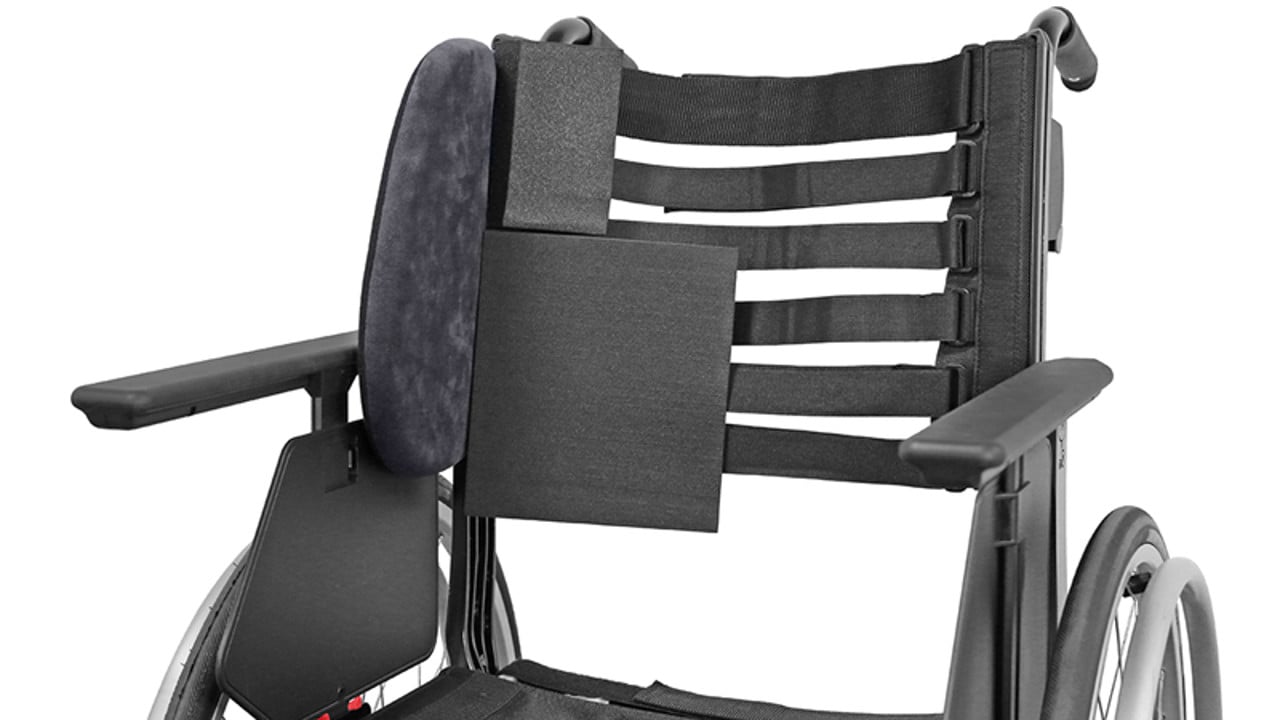
Example of accessory placement
Example of accessories placed on the back support. Here with the side cushion along with cell foam wedges on one side to support the leaning body into a correct and upright position as possible.
See all body shapes and learn how to shape them up.
